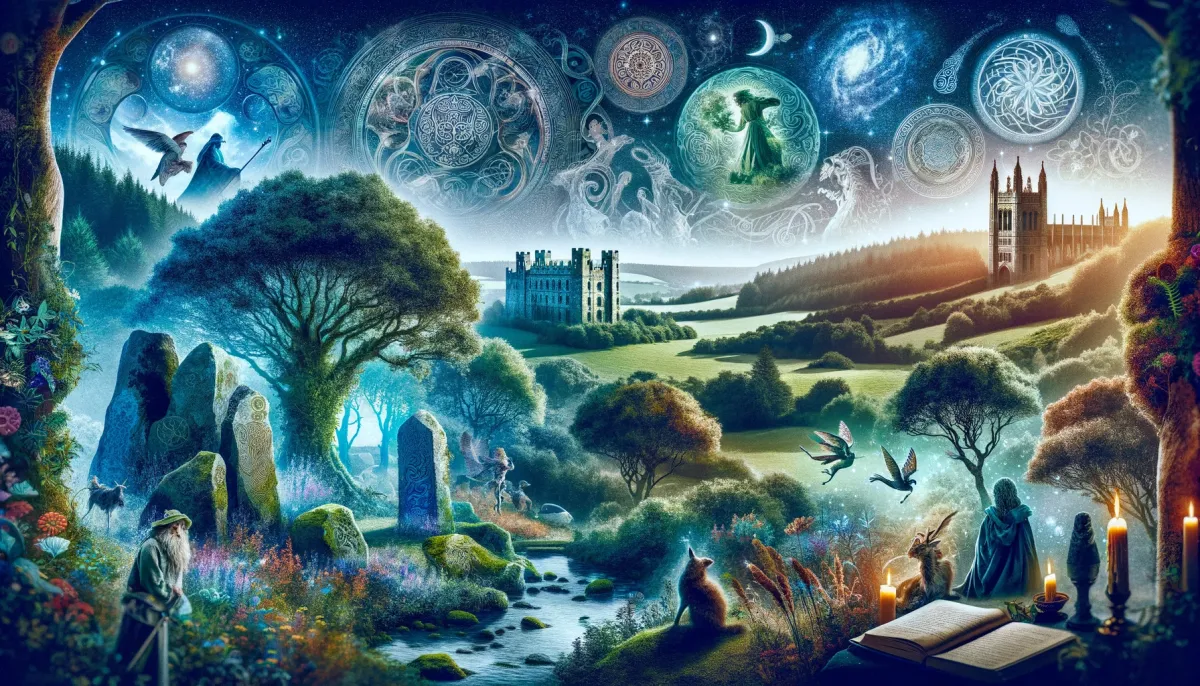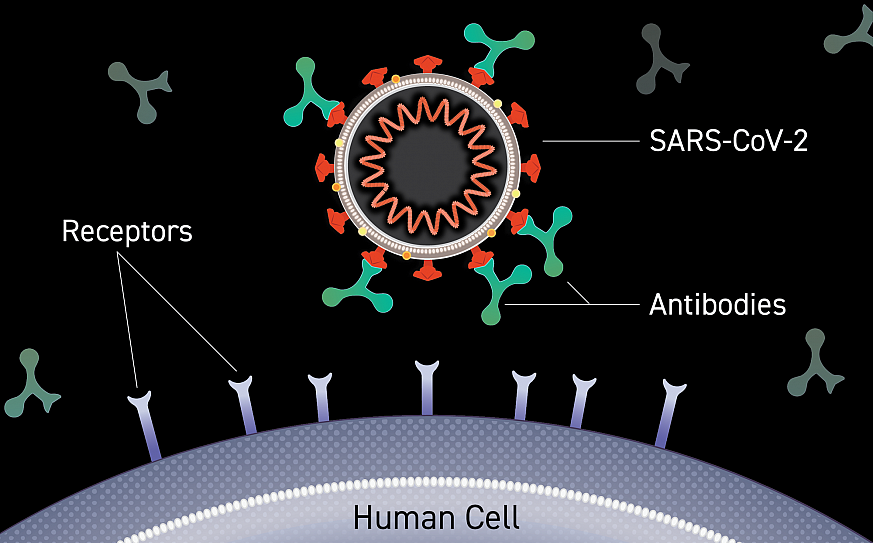Music and dance have been integral to human societies for centuries, serving as powerful expressions of cultural identity, history, and emotion. Every culture has developed unique musical traditions and dance styles that reflect its values, beliefs, and way of life. From ritualistic performances to modern entertainment, rhythms and movements continue to shape the cultural fabric of societies worldwide.
The Cultural Significance of Music
Music is a universal language that transcends borders and connects people. It plays a crucial role in religious ceremonies, social gatherings, and storytelling. Indigenous tribes use chants and drum beats to preserve ancestral traditions, while classical compositions in Europe have long been associated with artistic refinement and national pride. In Africa, traditional drumming patterns carry messages and bring communities together, reinforcing social bonds and cultural heritage.

Folk music also provides insight into a nation’s history. Country music in the United States tells stories of rural life and personal struggles, while Irish folk songs capture tales of resistance and migration. Similarly, flamenco music in Spain reflects the deep emotions and history of Andalusian culture, blending influences from Romani, Moorish, and Spanish traditions.
Dance as a Cultural Expression
Like music, dance is a vital form of cultural expression. Each dance style embodies the traditions, history, and social values of a community. In India, classical dances like Bharatanatyam and Kathak have been passed down for generations, often narrating stories from Hindu epics. In contrast, Latin American dances such as the tango and samba reflect the region’s fusion of Indigenous, African, and European influences.
Traditional dances often serve as a means of celebration and storytelling. In Hawaii, the hula dance conveys legends and myths through graceful hand movements and rhythmic footwork. Meanwhile, the powerful and energetic Maori haka dance from New Zealand is used for both ceremonial purposes and as a display of strength and unity.
Music and Dance in Rituals and Festivals
Many cultures incorporate music and dance into their religious and secular celebrations. In Brazil, the annual Carnival festival features lively samba music and vibrant dance performances that showcase Afro-Brazilian heritage. Similarly, the Chinese New Year is marked by dragon and lion dances accompanied by rhythmic drumming to drive away evil spirits and bring good fortune.
Religious ceremonies also highlight the importance of music and dance. Gospel music plays a central role in Christian worship, expressing devotion and spiritual joy. Sufi whirling, a mystical dance practiced by the Mevlevi order of Islam, represents a spiritual journey toward divine connection. These traditions demonstrate how music and dance transcend entertainment, serving as pathways to faith and cultural continuity.

Global Influence and Modern Adaptations
With globalization, traditional music and dance styles have influenced and merged with contemporary genres. Hip-hop, which originated in African American communities, has become a global movement, inspiring dance styles such as breakdancing. K-pop, a South Korean music phenomenon, blends Western pop influences with traditional Korean elements, gaining international popularity.
Similarly, fusion music genres have emerged, combining elements from different cultures. Latin pop, Afrobeat, and electronic dance music incorporate diverse rhythms and instruments, demonstrating the evolving nature of global music. Traditional dance forms, such as ballet and flamenco, have also been adapted into modern choreography, keeping cultural traditions alive in innovative ways.
Music and dance are essential elements of cultural identity, shaping how societies celebrate, express emotions, and preserve traditions. Whether through ancient rituals, folk traditions, or modern adaptations, rhythms and movements continue to define cultures around the world. As globalization fosters cultural exchanges, music and dance will remain vital in connecting people across generations and geographical boundaries.
































